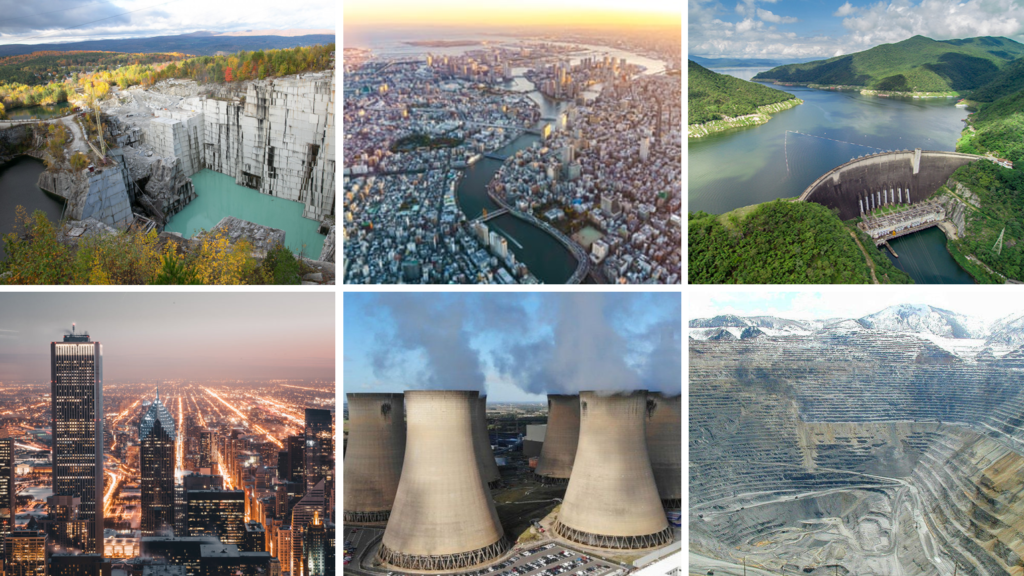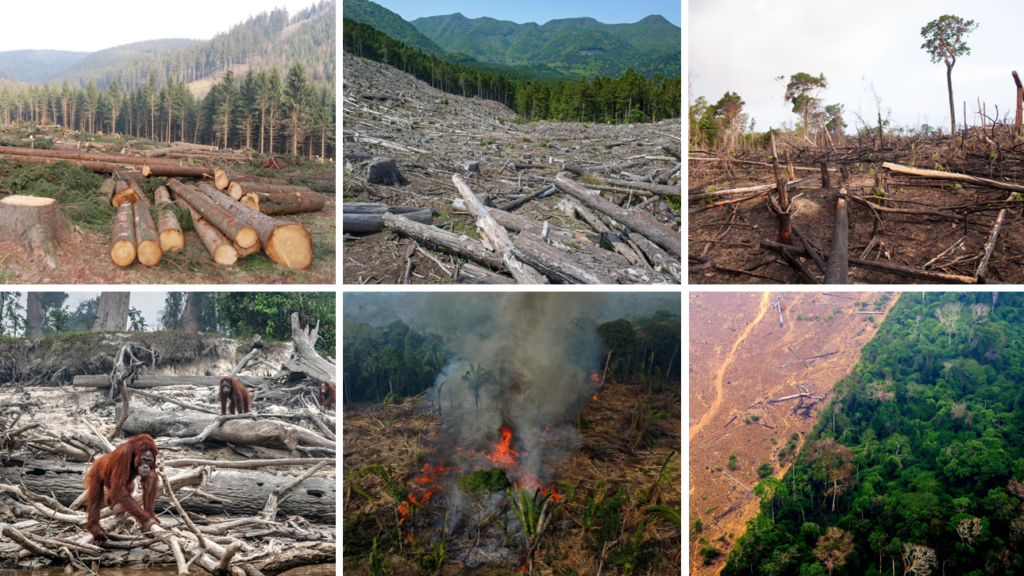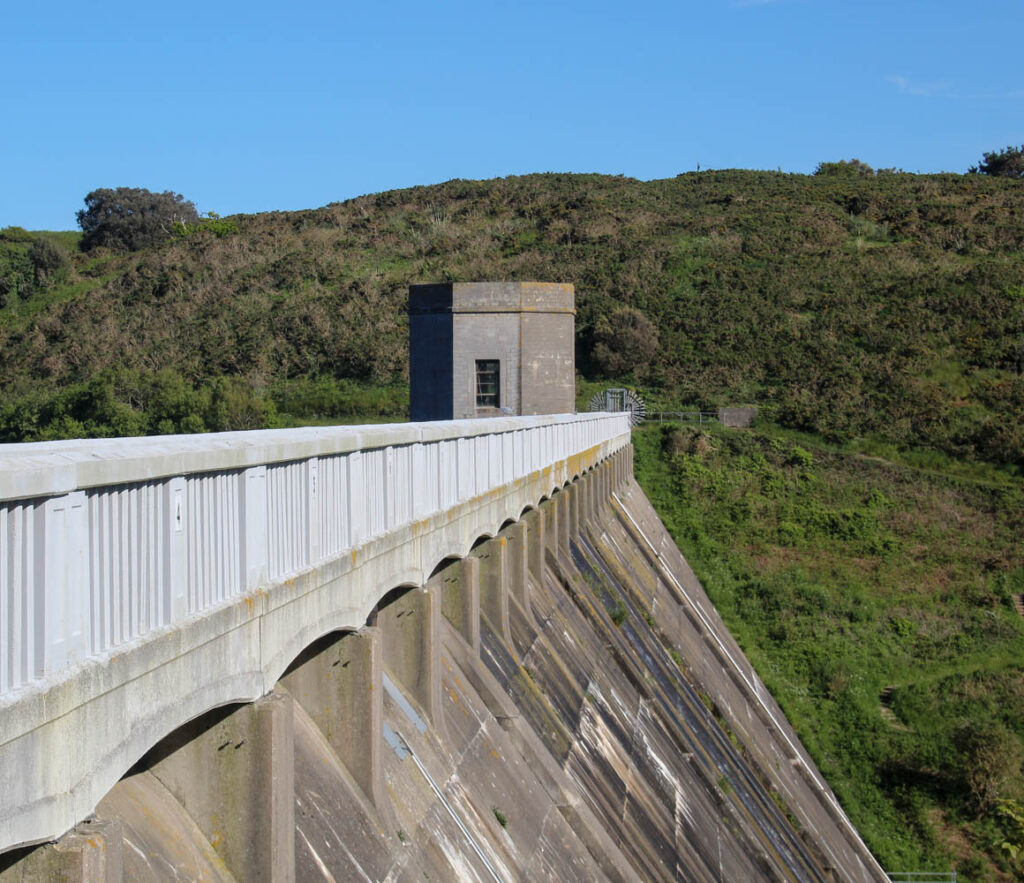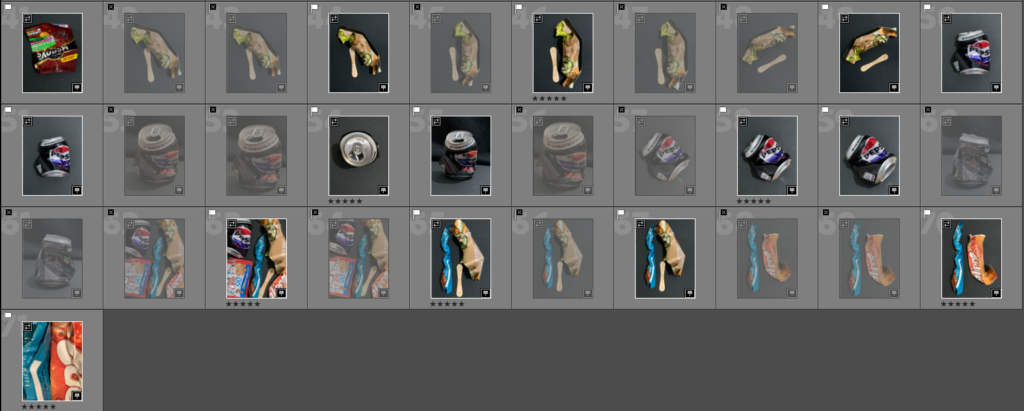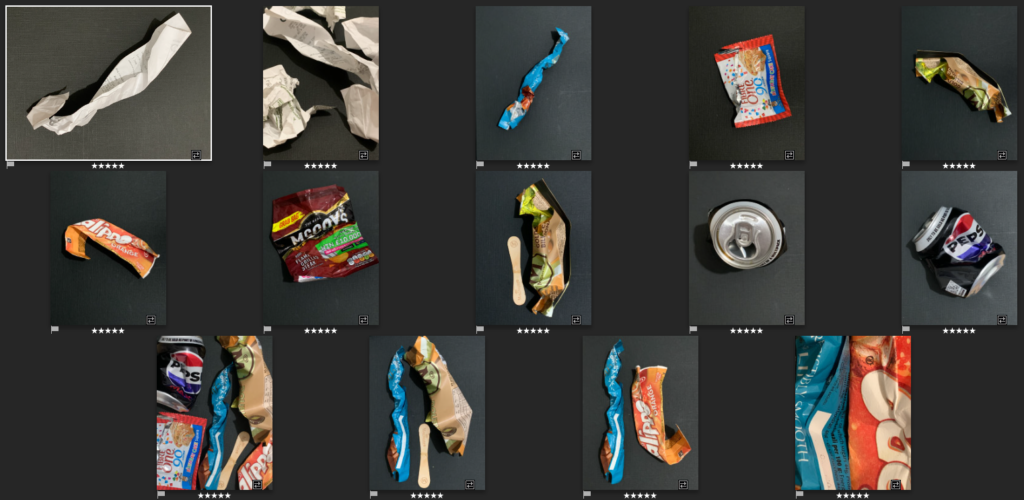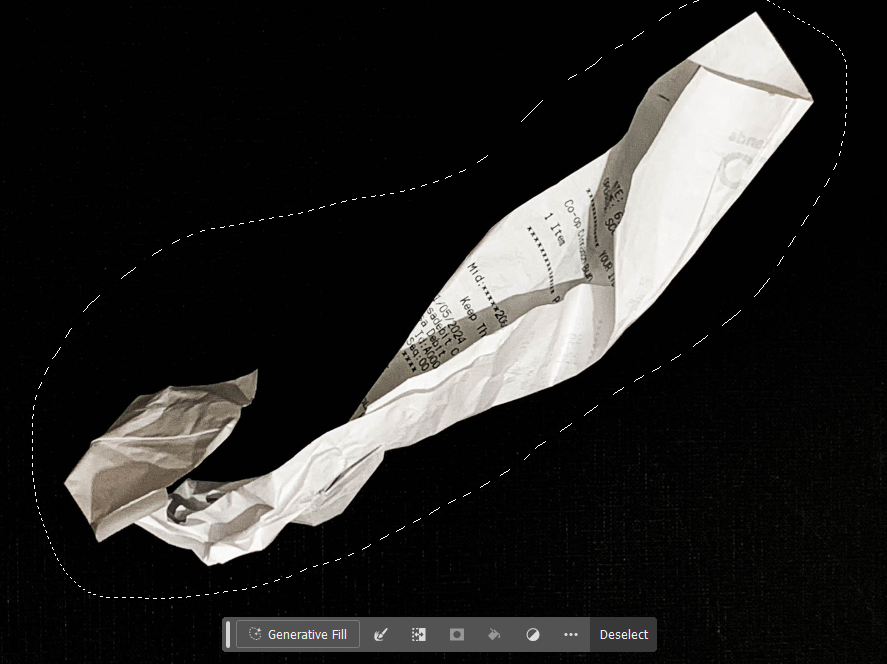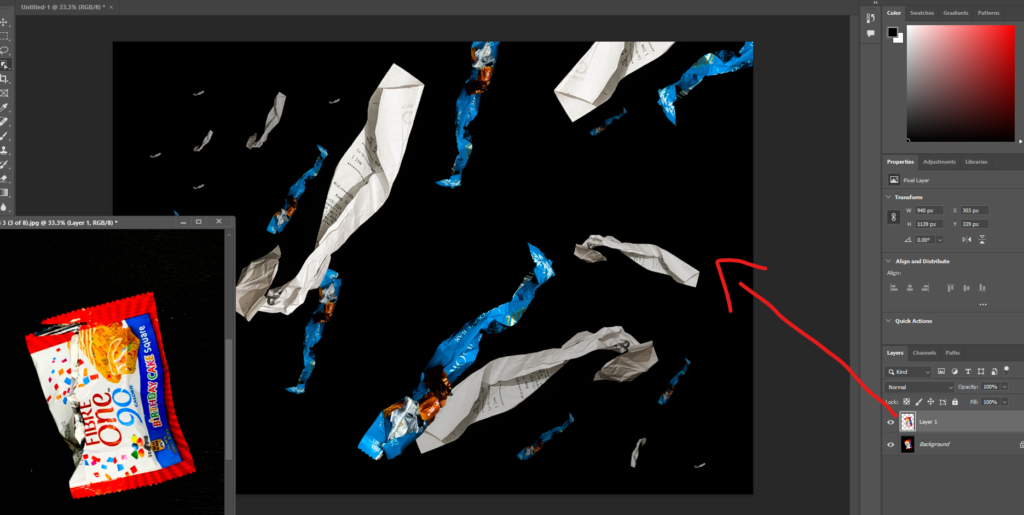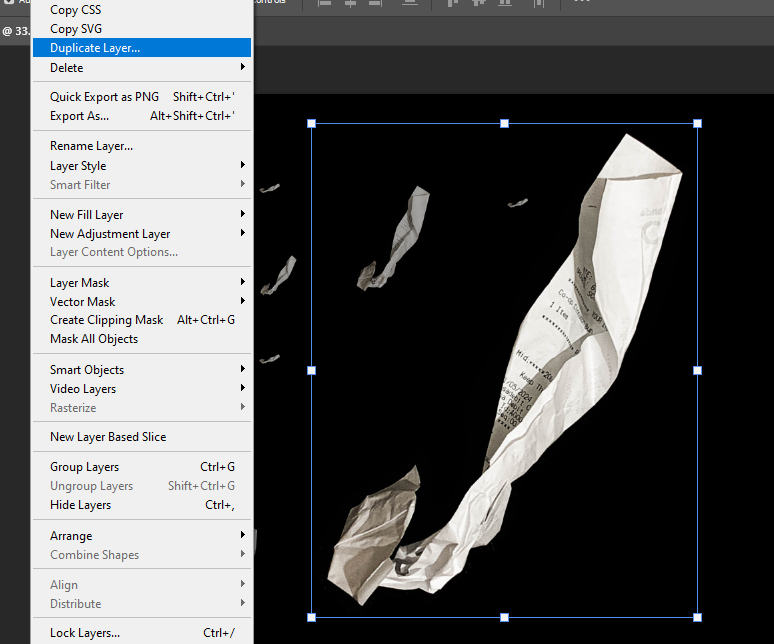‘The Anthropocene defines Earth’s most recent geologic time period as being human-influenced, or anthropogenic, based on overwhelming global evidence that atmospheric, geologic, hydrologic, biospheric and other earth system processes are now altered by humans.’
‘The word combines the root “anthropo”, meaning “human” with the root “-cene”, the standard suffix for “epoch” in geologic time.’
Anthropocene is the substantial impact humans have had and are having on the earth. For example:
- pollution
- destruction
- storm damage
- weathering
- land reclamation
- over population
- traffic congestion
- waste disposal issues
- recycling
- fly tipping
- construction
- etc.

What are the 4 causes of Anthropocene?
The 4 causes of Anthropocene are:
- Agriculture- Farming
- Urbanisation- Buildings, cities
- Deforestation- The cutting down of trees
- Pollution- Litter and greenhouse gasses in the atmosphere
Signs of the Anthropocene
The Anthropocene is mainly characterised by three factors: the technological progress that sped up after the First Industrial Revolution, the explosive growth in population thanks to improvements in food, health and hygiene, and the multiplication of production and consumption.
There are many signs of Anthropocene and of the impact humans on the earth and they consist of things such as:
- pollution
- destruction
- storm damage
- weathering
- land reclamation
- over population
- traffic congestion
- waste disposal issues
- recycling
- fly tipping
- construction
- littering
- etc.

How has agriculture impacted the earth?
Agriculture effects the earth, because it needs water as input and pollutes rivers, lakes, and oceans by releasing nutrients. It is a crucial driver of climate change, responsible for around one-quarter of the world’s greenhouse gas emissions. It has also replaced permanent forests and wild grasslands with farm fields that allow much higher rates of soil erosion where the soil is not covered year-round.

Food production accounts for over a quarter (26%) of global greenhouse gas emissions.
The map below shows the different types of land used for agriculture on the left and on the right it shows the sizes of these agriculture farms and as seen below they are mostly all larger than 100 ha, which is resulting in lots of deforestation and destruction of natural land.

How has urbanisation impacted the earth?
Urbanisation often results in deforestation, habitat loss, and the extraction of freshwater from the environment, which can decrease biodiversity and alter species ranges and interactions. Urbanisation has also caused lots of air and water pollution, due to waste disposal problems, high energy consumption etc. as well as insufficient water availability.
Urbanisation is growing largely due to over population. Statistics show that in 2020, there were 7.7 billion people and, by 2022, the global population reached 8 billion people in Nov. This statistic shows how rapidly the population is growing due to better agriculture, health and hygiene etc.

The table below shows the biggest cities on earth, due to urbanisation, and their population, to show how over-populated earth is and how many buildings there must be to house all these people. It also shows how many km of land the cities take up to give another idea about how large these cities are and how much urbanisation there actually is.

How has deforestation impacted the earth?
Deforestation refers to the purposeful clearing or thinning of trees and forests. When deforestation occurs, much of the carbon stored by trees is released back into the atmosphere as carbon dioxide, which contributes to climate change. It also creates air pollution and green house gasses, which is what causes climate change. Deforestation also creates habitat loss, which can decrease biodiversity and alter species ranges and interactions, as well as animals to go extinct in some cases. It also causes desertification and soil erosion.

The map below shows how deforestation is currently affecting the earth in each and every country and how wide spread deforestation is. It also shows how at risk these places are for deforestation and how at risk each country is for deforestation.

How has pollution impacted the earth?
Air pollution affects all things. It is harmful to our health, and it impacts the environment by reducing visibility and blocking sunlight, causing acid rain, and harming forests, wildlife, and agriculture. Greenhouse gas pollution, the cause of climate change, affects the entire planet.
Water pollution depletes aquatic ecosystems and triggers unbridled proliferation of phytoplankton in lakes. It also causes many animals to die, which could cause extinction, which can decrease biodiversity and alter species ranges and interactions.

What are the consequences of Anthropocene?
Consequences of Anthropocene include:
- global warming
- habitat loss
- changes in the chemical composition of the atmosphere
- oceans and soils
- animal exstinctions
- etc.
These human actions cause, among other consequences, changes in the water cycle, imbalances and destruction’s in the marine and terrestrial ecosystems, the increase of extreme meteorological phenomena, the acidification of the oceans or the disappearance of the forests.
How people are trying to stop the harmful impact on the earth
There are many ways people are trying to stop the harmful impact against earth. One of the ways people are trying to do this is by raising money for charity. There are lots of charities for things such as climate change, where the money goes towards things that can help benefit climate change, like re planting trees for example.

Replanting trees will massively help climate change, as the more trees means more CO2 being absorbed by them and taken out of the atmosphere, meaning less green house gasses. It also helps many animals, as it gives them their habitats back, or new ones.
Another way people are trying to stop the negative impact on earth that the humans are having is by trying to stop air pollution and water pollution. Many people are trying to stop water pollution by doing things such as ‘clean up the beach.’ This is where many people volunteer to go across beaches and pick up litter. This will help the water pollution and help many sea animals survive and help stop extinction.

A way people are stopping air pollution is trying to use their cars less, so that they will not produce as much green house gasses while driving. People are doing this by doing things such as cycling, walking or getting public transport.












